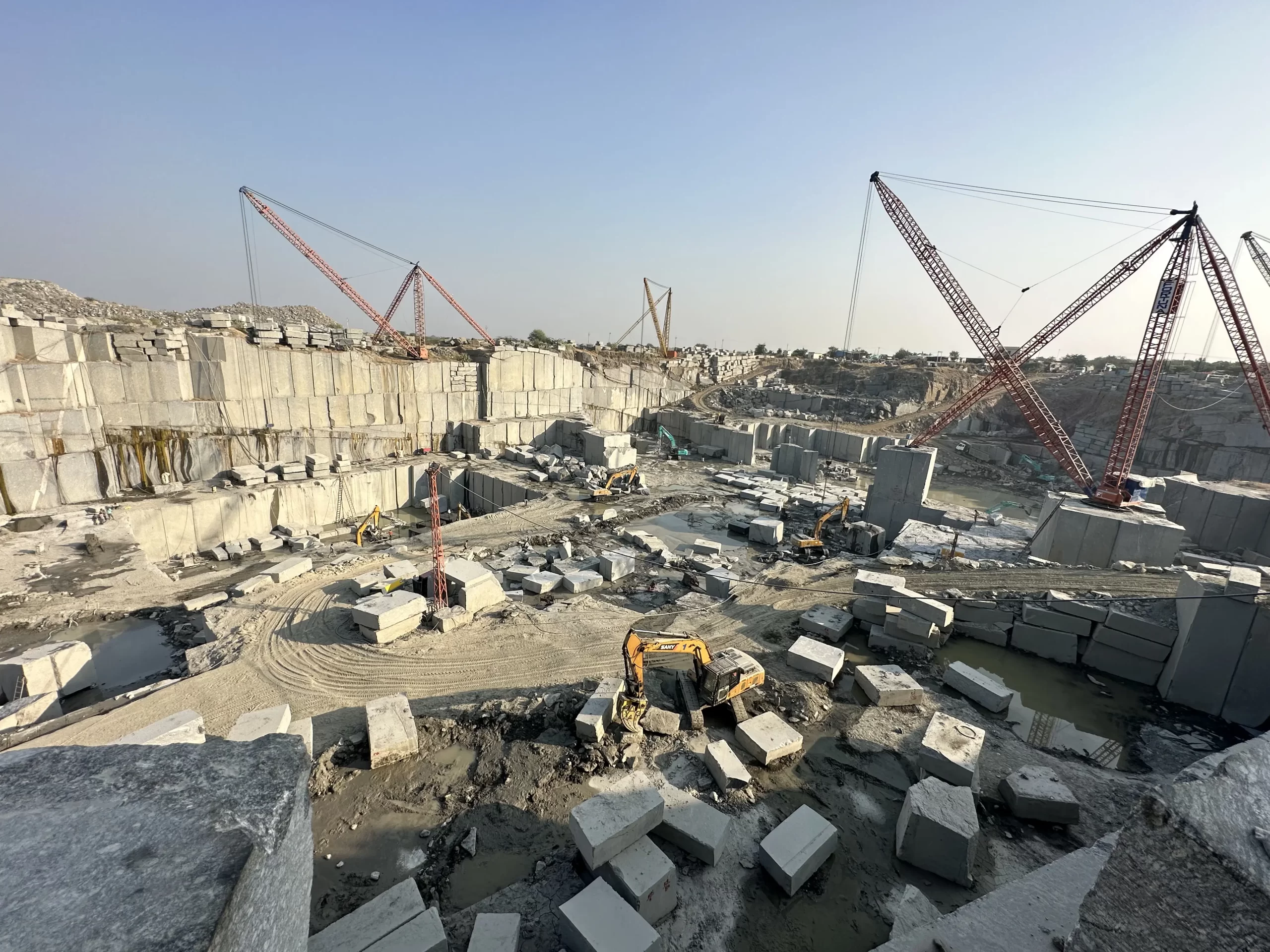Discovering the Rich History and Sustainable Practices of Granite Quarrying
As we depend on the precipice of uncovering the detailed tapestry of granite quarrying, a journey via time reveals not simply the physical act of extracting stone yet also the social and historic importance woven right into the very material of this technique. From the ancient beginnings that laid the structure for modern quarrying methods to the lasting practices that are forming the future of this industry, each sculpt mark on granite surface areas narrates waiting to be discovered (granite quarries in south africa). The heritage of granite quarrying extends far past mere removal; it is a testament to human ingenuity, resilience, and the enduring attraction of this stunning stone
Ancient Beginnings of Granite Quarrying
Dating back to old civilizations, the technique of quarrying granite has actually been an important component of human background and architectural advancement. The earliest evidence of granite quarrying dates back to old Egypt, where substantial pyramids and intricate sculptures were crafted from this long lasting stone. The Egyptians used primitive devices to remove granite blocks from quarries, showcasing the relevance of this product in their monumental constructions.
Moving ahead in background, the Greeks additionally made significant contributions to the quarrying of granite. The Greeks utilized granite in different building wonders, such as holy places and statues, showing their ability in shaping and carving this sturdy stone. The Romans better fine-tuned the techniques of quarrying granite, using advanced devices like chisels and hammers to extract and form granite for their renowned structures.
Through the centuries, the technique of quarrying granite has developed, with modern technologies enhancing performance while keeping the ageless appeal of this natural rock - granite quarries in south africa. From ancient worlds to contemporary building contractors, the heritage of granite quarrying remains to shape our world
Advancement of Quarrying Techniques
The evolution of quarrying strategies has been noted by a constant development towards better efficiency and accuracy in drawing out granite. Early quarrying strategies entailed manual labor with standard tools such as chisels, hammers, and wedges to remove granite blocks from the planet.
In even more recent times, the development of machinery revolutionized the quarrying sector, allowing much faster extraction rates and raised efficiency. Technologies such as ruby cable saws, high-pressure water jets, and pneumatically-driven drills have actually become typical in contemporary quarries, enabling precise cutting and lowered waste. Advancements in computer-controlled devices and 3D modeling have optimized quarrying procedures, leading to very little environmental impact and enhanced sustainability practices. As the need for granite remains to rise, the development of quarrying techniques remains integral to conference industry requires effectively and sustainably.
Cultural Relevance of Granite
Granite holds a profound cultural significance across numerous human beings due to its enduring existence in building work of arts and prized monuments. The social importance of granite expands beyond its physical attributes; it personifies resilience, stability, and timelessness, making it an icon of withstanding heritages and customs.

Lasting Practices in Quarrying
Amidst the rich background of granite quarrying and its social value exists a growing emphasis on lasting practices within the sector. As ecological understanding and issues regarding resource depletion have actually increased globally, the quarrying sector has actually significantly embraced lasting techniques to reduce its effect on the atmosphere and bordering neighborhoods.

In addition, reclamation and rehabilitation of quarry websites post-extraction are important to sustainable techniques. By restoring quarried areas to an all-natural or helpful state, such as creating wildlife habitats or recreational rooms, quarriers can counter the environmental impact of their procedures and contribute positively to the neighborhood community.
Tradition of Granite Quarrying
With a historical backdrop soaked in workmanship and commercial development, what enduring influence has granite quarrying left on the landscape of modern-day culture? The legacy of granite quarrying transcends simple removal practices; it has actually shaped architectural wonders, city landscapes, and cultural heritage worldwide. The long lasting nature of granite has made it a preferred selection for monoliths, structures, and infrastructure, standing as a testament to the ability and artistry of view it quarry workers across generations.
Furthermore, the economic impact of granite quarrying can not be forgotten. The market remains to give work possibilities and drive neighborhood economies in areas where granite extraction is prevalent. It has continue reading this actually likewise stimulated technical improvements in quarrying strategies and devices, causing extra efficient and sustainable practices.
In regards to sustainability, the heritage of granite quarrying consists of initiatives to alleviate ecological impacts through recovery projects and liable source management. By balancing financial interests with environmental stewardship, the sector makes every effort to guarantee that future generations can continue to take advantage of this enduring natural deposit.
Final Thought

Comments on “Discovering Granite Quarries in South Africa Sector: From Quarry to Work of art”